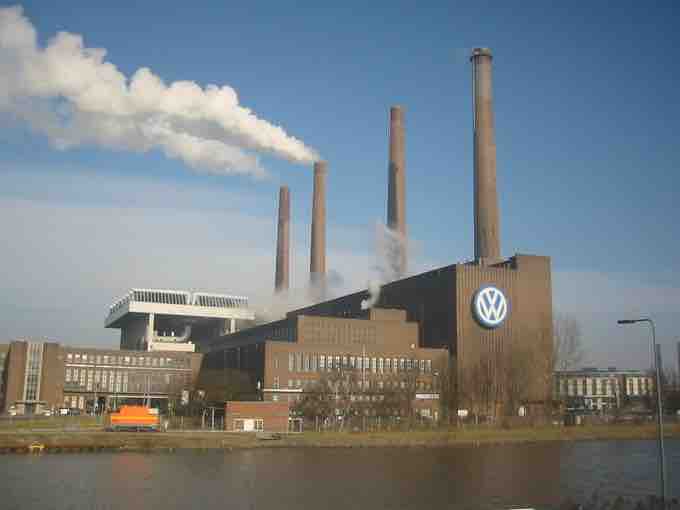In economics, a production function relates physical output of a production process to physical inputs or factors of production. It is a mathematical function that relates the maximum amount of output that can be obtained from a given number of inputs - generally capital and labor. The production function, therefore, describes a boundary or frontier representing the limit of output obtainable from each feasible combination of inputs.
Firms use the production function to determine how much output they should produce given the price of a good, and what combination of inputs they should use to produce given the price of capital and labor (). When firms are deciding how much to produce they typically find that at high levels of production, their marginal costs begin increasing. This is also known as diminishing returns to scale - increasing the quantity of inputs creates a less-than-proportional increase in the quantity of output. If it weren't for diminishing returns to scale, supply could expand without limits without increasing the price of a good.

Factory Production
Manufacturing companies use their production function to determine the optimal combination of labor and capital to produce a certain amount of output.
Increasing marginal costs can be identified using the production function. If a firm has a production function Q=F(K,L) (that is, the quantity of output (Q) is some function of capital (K) and labor (L)), then if 2Q<F(2K,2L), the production function has increasing marginal costs and diminishing returns to scale. Similarly, if 2Q>F(2K,2L), there are increasing returns to scale, and if 2Q=F(2K,2L), there are constant returns to scale.
Examples of Common Production Functions
One very simple example of a production function might be Q=K+L, where Q is the quantity of output, K is the amount of capital, and L is the amount of labor used in production. This production function says that a firm can produce one unit of output for every unit of capital or labor it employs. From this production function we can see that this industry has constant returns to scale - that is, the amount of output will increase proportionally to any increase in the amount of inputs.
Another common production function is the Cobb-Douglas production function. One example of this type of function is Q=K0.5L0.5. This describes a firm that requires the least total number of inputs when the combination of inputs is relatively equal. For example, the firm could produce 25 units of output by using 25 units of capital and 25 of labor, or it could produce the same 25 units of output with 125 units of labor and only one unit of capital.
Finally, the Leontief production function applies to situations in which inputs must be used in fixed proportions; starting from those proportions, if usage of one input is increased without another being increased, output will not change. This production function is given by Q=Min(K,L). For example, a firm with five employees will produce five units of output as long as it has at least five units of capital.